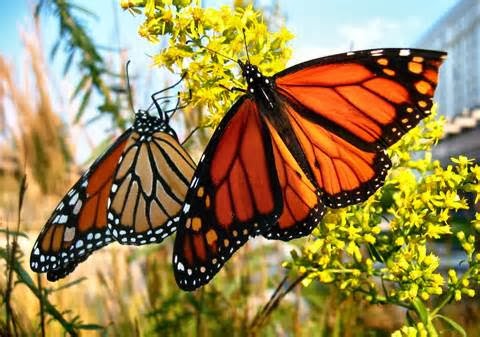THE LIFE CYCLE OF A BUTTERFLY
Do-Type activities help learners actively exercise, explore, and
discover, these activities include: practice, discovery, and games (Horton,
2012).
Games and Simulations
http://screencast.com/t/YiywQi2IvOJ
Sheppard Software includes interactive games about different life
cycles including: The life-cycle of a Butterfly. The games are a fun and
interactive way for children to identify the stages and watch the butterfly and
grow on the screen. Sheppard Software game can be viewed online at: http://www.sheppardsoftware.com/scienceforkids/life_cycle/index.htm
Practice
Children will chart and identify the life cycle of the butterfly by correctly naming each component. This task can be accomplished with charts, flow graphs, games, simulations, flash cards etc. The practice will help the children to enhance their vocabulary and make relevant connections to the learning content.
Discovery
Children will observe nature and track the changes around them.
Students will observe and document the classroom butterfly habitat in our
classroom. The children will be able to watch the butterfly grow and evolve
from the beginning stages.
References:
Horton, W. (2012). E-Learning by design (2nd ed.). San Francisco, CA: Wiley.
Sheppard Software. (2014). Life Cycles. Retrieved from: http://www.sheppardsoftware.com/scienceforkids/life_cycle/index.htm
Learning Objectives:
- Students will correctly identify each stage of a butterflies life cycle with 100% accuracy.
- Students will use expanded vocabulary including: larva, pupa, chrysalis and metamorphosis.
- Students will understand what occurs during each stage of the life cycle.
- Students will be able to discuss and record their observations.
Needs Assessment:
What do the children know?The children have been learning about the life cycles of a butterfly through literature, the field trip to the butterfly sanctuary, videos, and have increased their vocabulary.
What do I want the children to know?
I want the children to correctly identify the life stages of a life cycle, understand what occurs during each stage and be able to discuss the information they have collected.
What am I trying to measure, determine and define?
I want to determine the level of understanding the children have received. Are they able to use relevant background knowledge from absorb activities to complete the learning objectives. I am measuring the students comprehension of their expanded vocabulary.
How will I collect and record information?
Information will be collected through observations of the children completing assessments, games, simulations and their participation throughout discussions. The children will be graded on correctly identifying key components, correctly using vocabulary and making legitimate and logical assertions of their findings.
Are all interested groups included in planning and continuing the needs assessment?
The children are preschool aged to early elementary. The assignments are relevant, developmentally age appropriate and will enhance the children's comprehension into science and nature. The needs assessment will continue throughout the learning activities to ensure the children are engaged, involved and learning. The purpose is to create a learning environment that is not only full of rich information but is fun and enjoyable for the children.





No comments:
Post a Comment